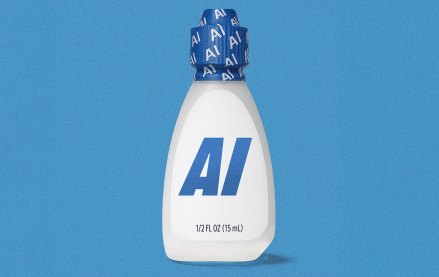
Ad targeting is moving into a new area: moods. Snickers maker Mars is mining behavioral data to pinpoint people at their weakest moments for snacking: being happy, bored or even stressed.
“Windows of impulsivity is a moment in your life when you’re in a particular mood, time or place when you’re more likely to buy something,” said Dan Burdett, global brand director at Mars’ brand Snickers. “The goal is for us to be more noticed and better understood.”
For Snickers, Google’s ad server DoubleClick would have sold information to its agency about audience signals like passion points, such as food, sport or business, based on users’ Web behavior. But Snickers wanted to understand if there’s a link between certain moods and impulsive chocolate buying. So it changed the signals to moods like happy, bored, sad and stressed, and is experimenting with different creative messages based on mood signals. Successful targeting requires Snickers to collect more first-party data along the way, though.
“We in chocolate haven’t historically collected much data,” admitted Burdett.
Simon Stanforth, group director of audience and measurement solutions at Starcom Mediavest Group, said that clients are interested in more mood-based targeting solutions but still lack hard evidence on how much it works.
“One of the key challenges is education. There are a number of emerging ad targeting techniques, so agencies need to educate their clients and work with them to test and learn,” he said. “Another is responsibility — ensuring we’re sending relevant messages to people when they want them and not over-intruding with the advertising.”
This sentiment is echoed by Dino Myers-Lamptey, strategist at media agency The7Stars, who points out that there’s a reason why Apple PR’d its mood-based ad targeting patent in 2014 and has since gone quiet.
“Technology companies need to be careful about how they publicize it,” Myers-Lamptey said. “People don’t like being chased around the Internet by behavioral retargeting, let alone knowing that the ad is being served to them because they are in a bad mood.”
Image via Flickr
More in Marketing

In Graphic Detail: Why YouTube is a genuine threat to Netflix
Digiday has charted exactly how YouTube is a real threat to Netflix, due to its dominance of watch time, user base and its ability to totally reshape viewing behaviors.

At Ebiquity, a new role signals marketing’s shift from metrics to meaning
Marketing has no shortage of data. Ebiquity is betting on judgement.

Lowe’s wants to do more with AI shopping in 2026
Mylow, a shopping assistant powered by ChatGPT that launched in March, is already driving double the conversion rate for online shoppers.





